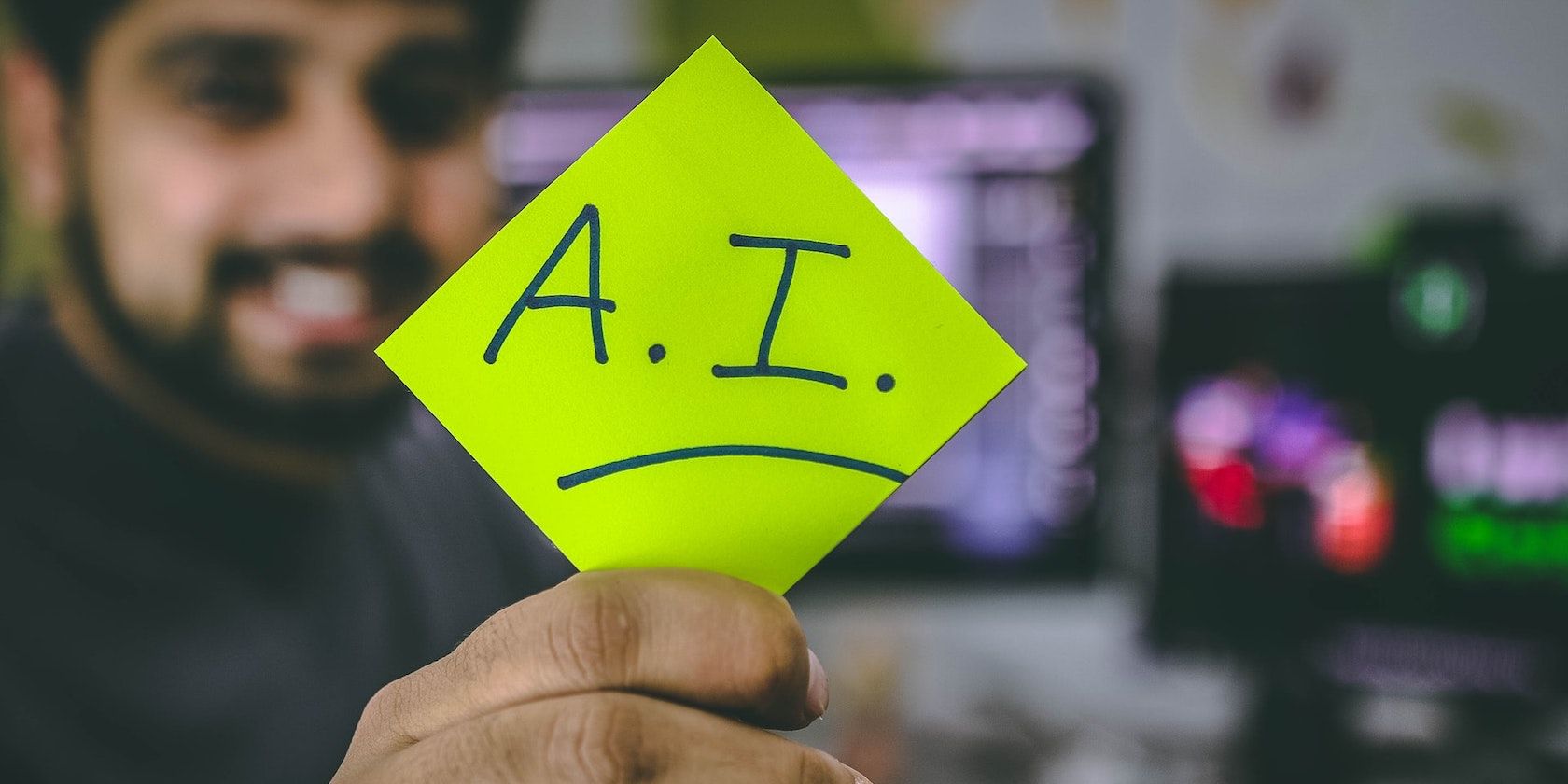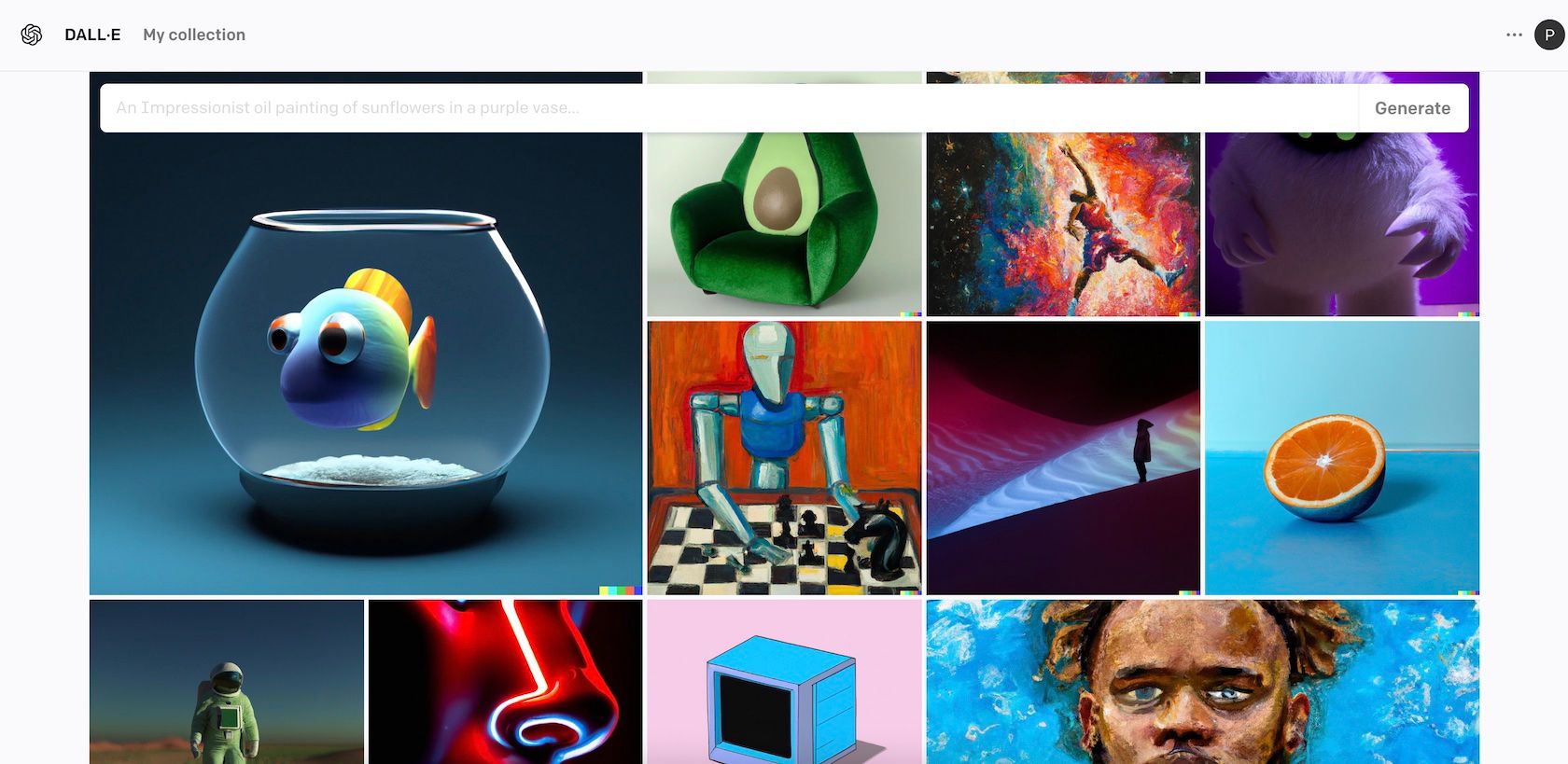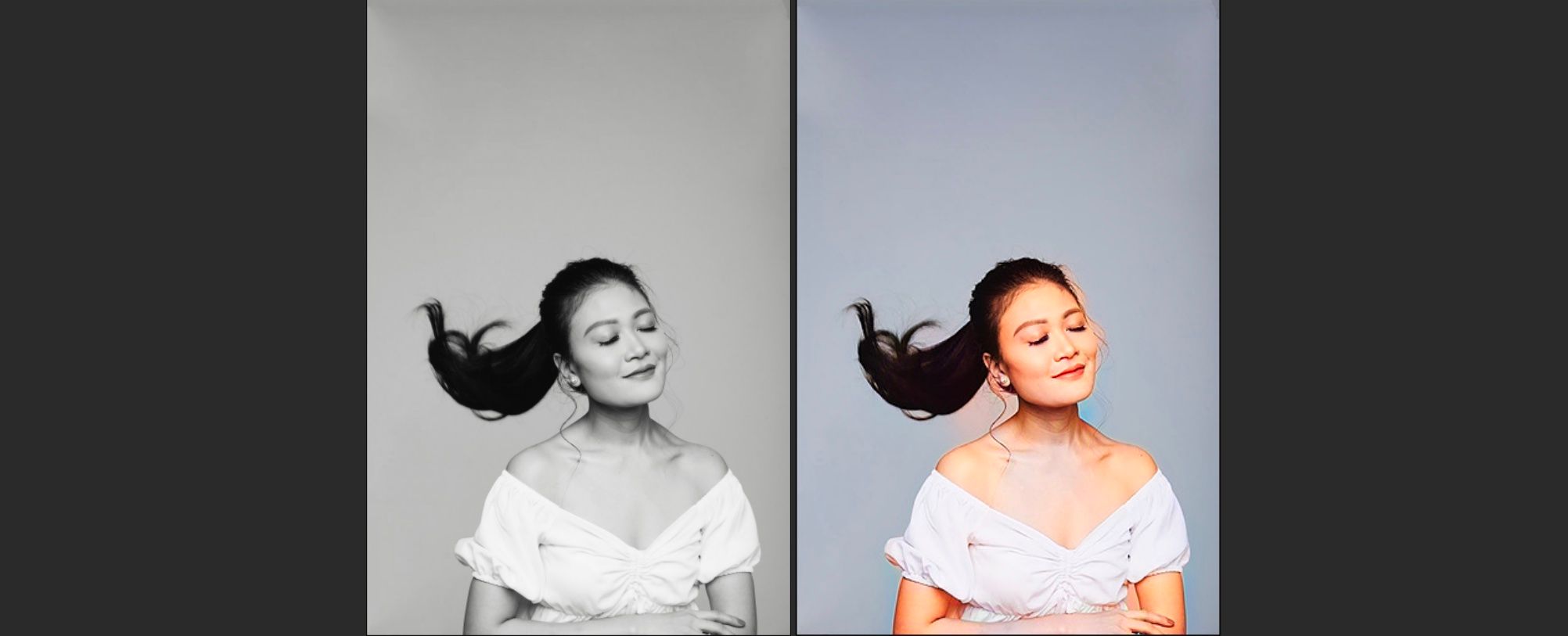AI art can make you uneasy about where the future of creative industries is heading. Even knowing where AI is used is far from clear, since a lot of AI-generated art, music, writing, and videos pass deceptively like something a human created.
To help you navigate the AI landscape, this article will explain how AI is being used in five different creative industries. As these AI tools become more available, you might find your own creative use for some of the mind-boggling AI software mentioned below.
1. Art
Creating art using AI systems seems impossible to believe until the results appear before your eyes like magic. Midjourney and DALL-E 2 require just a few words in the form of a text prompt, and based on that, they can generate an image for you.
By adding specific phrases like "In the style of Van Gogh", these AI systems can produce new pieces of digital art that resemble classic styles. The results are so convincing that they have won art competitions, making many people wonder how AI-generated art will change the future.
The pace of development for these AI art generators is rapid. Open AI, the company behind DALL-E 2, was only founded in 2015 and the first version of DALL-E was released in 2021.
On the June 2022 cover page of The Economist magazine, which featured an AI-generated image, a lot of debate sprang up around what AI should be used for.
While earning money off AI-generated images is controversial, there are several things you can create with AI art generators if you are looking for harmless ideas.
2. Music
Back in 2017, a neural network called Tacotron 2 showed us that it was possible to generate text-to-speech computer programs that could sound like a real human. With this technology, deepfakes started to pop up that were truly convincing. Just take Jay-Z rapping Shakespeare as an example.
Just to be clear, no, Jay-Z did not rap the "To be or not to be" soliloquy from Hamlet—instead, this is the work of a clever AI system trained on his speech patterns. Figuring out who has the right to use your voice is murky, and in this case, you might be interested to know that Jay-Z lost the battle to have his Shakespearian double removed from YouTube.
Being protective over your music is fair and understandable, but for some artists such as Holly Herndon, AI is viewed as a new tool for collaborative music-making.
After directing a choir composed of human and AI voices, Herndon decided to have her voice cloned by an AI and uploaded to the internet for anyone to use. It's far more complex than previous text-to-speech technology and the results are stunning.
Every little nuance of Holly Herndon's voice can be recreated by her AI double Holly+, which is entirely open for you to try on for size. It can handle singing in different languages too, so long as the song is within her vocal range.
AI clones and deepfakes aside, AI has many practical applications too, and has been used to create some interesting AI music tools in recent years. If you're a bedroom producer or new to music production altogether, make sure to check out how AI can master your song or add the right reverb to your track.
3. Writing
If you want to know how AI is used in the field of writing, you can start by asking it yourself.
"There are a few ways that AI is being used to write. One is through predictive text which uses an algorithm to try and predict what word you will type next. This is often used in phones and other devices with small keyboards. Another way is through grammar and style checkers which use AI to help improve the quality of writing."
The text above was generated by the AI language model, called GPT-3, through the Open AI Playground. Developed by the research company OpenAI, it's the largest language model of its kind and is well known for producing text that is indistinguishable from something a human might write.
GPT-3 is right too; AI is being used everywhere from the predictive text function on smartphones to grammar-checking tools, but it has also gone further than that. Now, there are all sorts of AI writing tools worth checking out that you can use to write blog posts, business copy, quirky tweets, and story titles.
It can be used for creative writing too, just take the essay called Nothing Breaks Like A.I. Heart by Pamela Mishkin as an example. In this essay, available to read on The Pudding website, Mishkin shows us a love story that she wrote with the help of GPT-3.
Whether you want to fight writer's block or collaborate with GPT-3 on your next short story, there's no denying that AI is changing the way that we write.
4. Film
One fascinating use of AI in recent years is to restore old film footage, some more than 100 years old. Watching these videos feels like you have stepped back in time, largely thanks to the help of machine learning.
Take this video as an example, originally filmed in 1906, in San Francisco, and lovingly restored by Denis Shiryaev. Several publicly available neural networks were used to piece this video back together, including an AI tool called DAIN (Depth-Aware Video Frame Interpolation), which helped to upscale the video to 4k/60fps.
Another AI trick helped apply color to the original black-and-white film, and it's something that you might start to see more of in the future. Keep in mind, however, that the colors used are not what they looked like in reality, just a guess at what things might have looked like during that time period.
Nevertheless, the results are stunning. This project took over half a month to complete due to the slow speed of the AI algorithms, but we can expect those times to improve in the future.
In the meantime, there are plenty of AI video generators that are aimed at helping small businesses create video content, without the need for video editing skills. All you need to do is input a text prompt and AI will help craft a video. They're not quite suitable for creating an indie film, but they can be useful for creating things like presentations or social media stories.
5. Photography
AI in photography is a lot more familiar to most, especially to people with no in-depth knowledge of photography as an art form.
These days, you don't need to know about advanced concepts such as how to adjust the white balance or alter the hue of a photograph. These settings can be adjusted automatically with AI tools, and it takes no time at all when compared to humans doing the same task.
Auto-enhance features are so common these days that smartphones often ship with these features built-in to their camera app. With one click you can let AI adjust things like the brightness or contrast, making your photography skills come off as a lot more advanced.
Modern iPhones and Android cameras can also do neat tricks like blurring the background of an image after a photo has been taken. This feature imitates a photography concept called shallow depth of field to achieve the same thing. Before AI, this was impossible to add in post-production, but now, it's a piece of cake.
Beyond these handy AI-integrated tools, restoring scratched or damaged photos are becoming more common. Not to mention the popularity of AI software when used to apply color to old black-and-white images. Before now, this job took the fine skills of a Photoshop master hours to complete, but these days, you can find this feature on a number of AI photo editors.
The Future of AI in Creative Fields
AI tools are developing incredibly quick, and soon you may be employing the help of AI to restore old videos or craft new songs. In the field of photography, many of us already use AI to enhance our photos. Meanwhile, in the field of music, we might be surprised to find out that an AI choir is singing our favorite song.
If you're wondering how AI might change your creative field, why not give some of these AI tools a chance?




